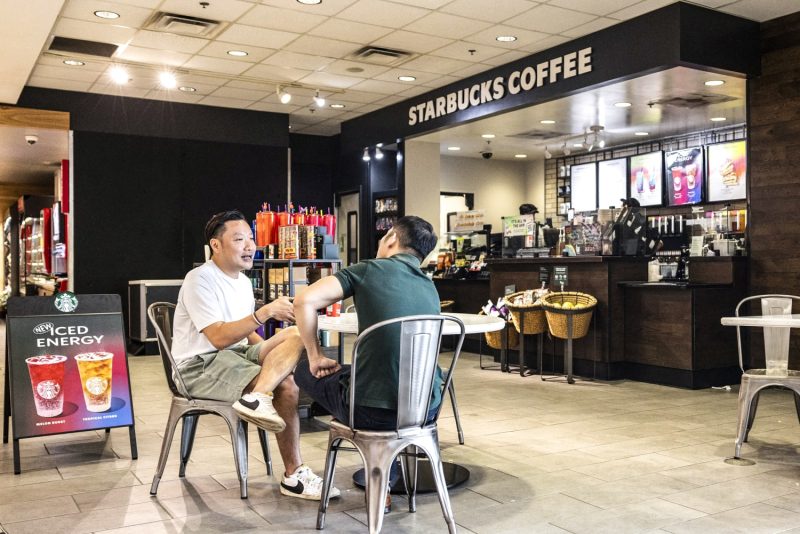Starbucks, a global giant in the coffee industry, is facing a period of declining sales and customer loss. This downturn in its financial performance can be attributed to several crucial factors. One significant reason for Starbucks’ decline is the changing consumer preferences and market trends. With the rise of smaller, independent coffee shops and specialty cafes, many customers are now opting for a more personalized and premium coffee experience. These establishments often focus on high-quality, ethically-sourced beans and offer unique, artisanal flavors that cater to the evolving tastes of consumers.
Moreover, the increasing competition within the coffee industry has further challenged Starbucks’ market position. The emergence of boutique coffee roasters and third-wave coffee shops has created a diverse and competitive landscape that has diluted Starbucks’ market share. These smaller players often attract customers with their emphasis on sustainability, local sourcing, and innovative brewing techniques, thus posing a significant threat to Starbucks’ traditional business model.
Furthermore, the changing dynamics in consumer behavior, particularly the shift towards healthier options and sustainability, have also impacted Starbucks’ sales. As more customers prioritize health and wellness, they are seeking alternatives to the high-calorie and sugar-laden beverages that Starbucks is known for. With a growing emphasis on organic and plant-based products, consumers are turning to brands that offer healthier beverage choices, thereby contributing to Starbucks’ decline in sales.
Additionally, the increasing emphasis on sustainability and ethical sourcing practices in the food and beverage industry has put pressure on Starbucks to enhance its commitment to environmental responsibility. Customers are now more conscious of the environmental impact of their purchasing decisions, leading them to support brands that prioritize sustainability and ethical practices. In response to this growing demand, Starbucks has faced criticism for its excessive waste production, single-use plastic usage, and lack of transparency in its supply chain practices, all of which have contributed to its declining sales and customer attrition.
In conclusion, Starbucks’ recent decline in sales and customer loyalty can be attributed to a combination of factors, including changing consumer preferences, increased competition, evolving market trends, and shifting consumer behaviors towards health and sustainability. To combat this decline and regain its market share, Starbucks must adapt its business model to meet the evolving needs and preferences of today’s consumers. By focusing on innovation, sustainability, and customer engagement, Starbucks can position itself as a more competitive player in the coffee industry and rebuild its reputation among discerning consumers.

